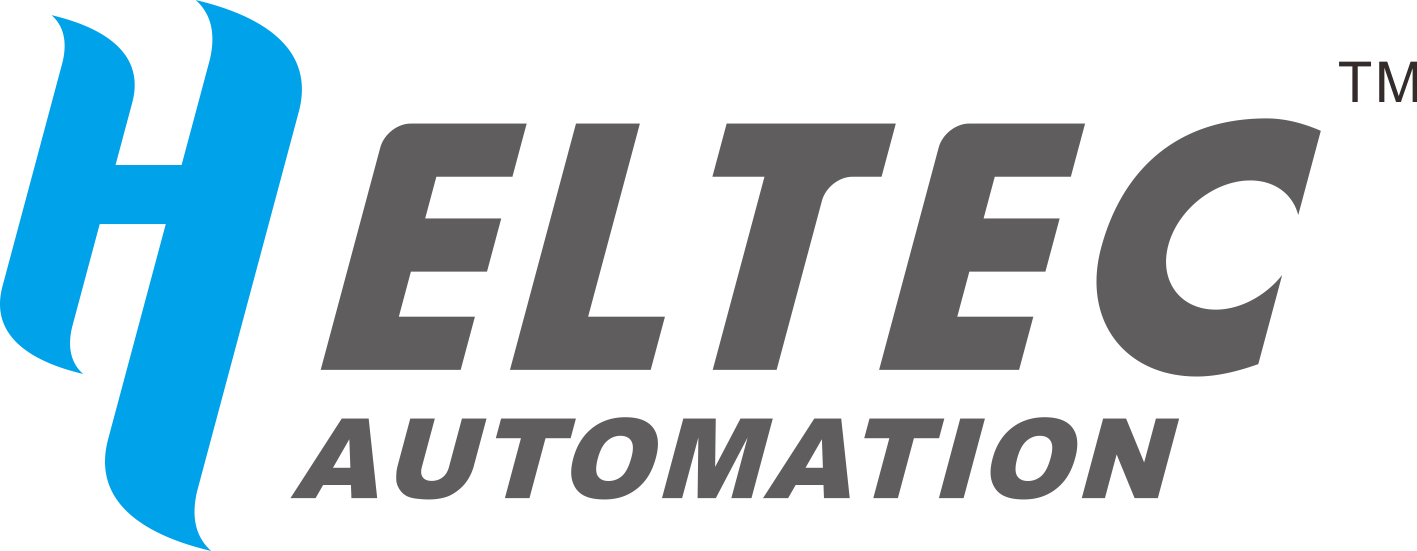Similar problems here… The only way I could get the V4 board to appear was to download the latest version (and I mean the latest version, not the version labelled as ‘Latest’ and dated 10 May) of the Heltec_ESP32 library from GitHub.
I’m using a Mac and had to go to a relatively recent version of macOS (14.7.1), update to the latest Arduino IDE (2.3.6) and download all support software from GitHub (the most recent updates, not the ones labelled as the ‘Latest’), just to get code to compile. I tried doing everything from inside the IDE, but my efforts failed as did your own. And they failed many times before I gave up and updated my OS and the IDE (because I’m one to let sleeping dogs lie… if it ain’t broke, I don’t try to fix it. My life is busy enough as it is and things have been just fine for years on macOS 10.14.5 and IDE 2.2.1).
Either way, things are still not really working as they should, but I can’t yet eliminate my local software environment as the cause of my remaining problems.
I always buy two of anything (I wasn’t special enough to be given a sample to test either  ), so that I have a reference when trying to sort out these sorts of problems. The modules as supplied ran the factory software they were shipped with. They both ran pretty much as I’d expect, based on what I’ve seen with other modules in the past. I’ve now uploaded some of the example sketches to one of these, but the sketches I’ve uploaded do not produce any output to the Serial Monitor, even the most basic of sketches. I can blink the LED, write to the display, and run general code, but I can’t yet get anything from
), so that I have a reference when trying to sort out these sorts of problems. The modules as supplied ran the factory software they were shipped with. They both ran pretty much as I’d expect, based on what I’ve seen with other modules in the past. I’ve now uploaded some of the example sketches to one of these, but the sketches I’ve uploaded do not produce any output to the Serial Monitor, even the most basic of sketches. I can blink the LED, write to the display, and run general code, but I can’t yet get anything from Serial.print(). Also curiously, there’s absolutely nothing on the Serial monitor when I reboot the module, although the module as shipped is similarly silent (i.e. no apparent boot message)—in the past, there has always been some sort of boot message.
And while there is a WiFi_LoRa_32_V4_FactoryTest.ino sketch available on the GitHub repo (that you will only get if you download the most recent version of the example sketches), I do not believe that this is the software that is loaded on the module when shipped. I can upload and compile this sketch (I made sure I had a copy of what I thought would have been the software on the module when shipped, in the belief that, if all else failed, I would be able to return it to this state), but it does not behave like the factory shipped module. It too now fails to produce any Serial Monitor output, unlike whatever the factory shipped software originally on it was, which did, ultimately, happily send output to the Serial Monitor, although it writes several things to the display before doing anything with the Serial Monitor. The aforementioned Factory Test sketch [should] write the Chip ID to the Serial Monitor immediately after displaying the Heltec logo on the display—this is not the behaviour observed with the module as shipped from the factory.
Anyway, I just thought I’d add this to the discussion at this point. I’ve still a way to go before I could declare my efforts a success, but I recall that we also had trouble getting things set up satisfactorily when the V3 module was first released. I was really hoping that Heltec might have improved their quality control process since then but… here we are again…


 ), so that I have a reference when trying to sort out these sorts of problems. The modules as supplied ran the factory software they were shipped with. They both ran pretty much as I’d expect, based on what I’ve seen with other modules in the past. I’ve now uploaded some of the example sketches to one of these, but the sketches I’ve uploaded do not produce any output to the Serial Monitor, even the most basic of sketches. I can blink the LED, write to the display, and run general code, but I can’t yet get anything from
), so that I have a reference when trying to sort out these sorts of problems. The modules as supplied ran the factory software they were shipped with. They both ran pretty much as I’d expect, based on what I’ve seen with other modules in the past. I’ve now uploaded some of the example sketches to one of these, but the sketches I’ve uploaded do not produce any output to the Serial Monitor, even the most basic of sketches. I can blink the LED, write to the display, and run general code, but I can’t yet get anything from